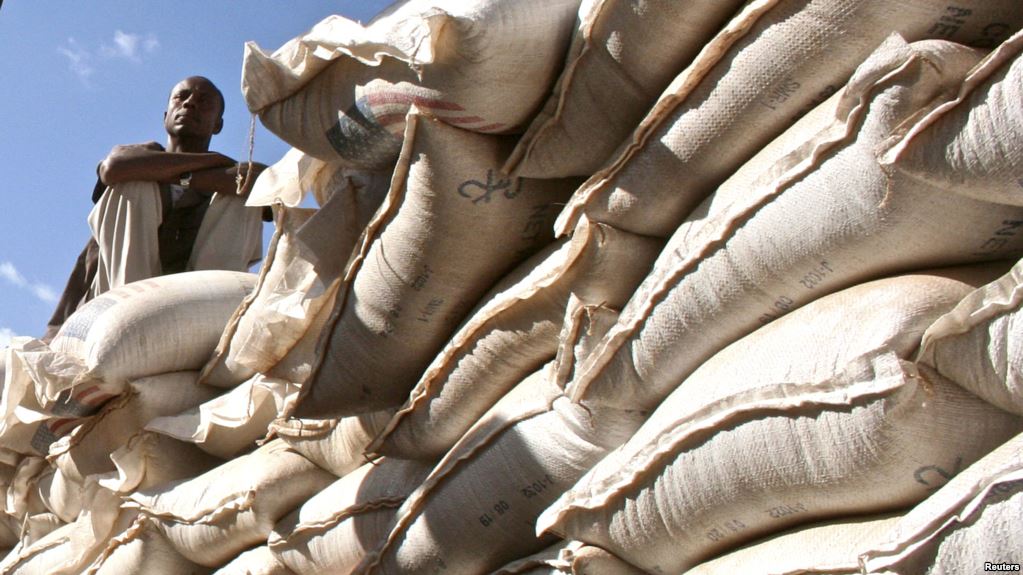In short, blockchain is a platform “that provides a secure way of making and recording transactions, agreements and contracts – anything that needs to be recorded and verified as having taken place.” [1] It is also said that the blockchain is “a platform for truth and trust.” [2]. One of the areas in which a platform for truth and trust is most needed, is foreign aid: each day, money and goods donated to developing countries disappear because of, for example, warlords and other criminals.
Currently, the United Nations’ World Food Programme (WFP) is using blockchain to aid in providing foreign aid to developing countries: a successful pilot for the ‘Building Blocks’ project has been extended indefinitely, to “deliver assistance more effectively, (…) faster, cheaper and more secure” [3].
Real-world results of this project are currently visible in the Azraq camp in Jordan. It is currently home to 36.000 Syrian refugees, each having received a food stipend from the WFP. The camp has a very high-tech “grocery store”, where recipients of the food stipends confirm their identity through an iris scanner. While this form of authentication is unique on its own, the back-end is even more interesting. The funds and products for the grocery market used to be transferred through third parties like banks (or even warlords!), but now each purchase is directly confirmed with the WFP [3].
Currently, approximately 3.5% of each aid transaction is lost on fees and costs. Across the industry, approximately 30% of funds “don’t reach their intended recipients because of third-party theft or mismanagement”. Bernhard Kowatsch, head of the WFP’s Innovation Accelerator, points out even more added value: “[Building Blocks] provides even higher assurance to individual donors that if you give to the World Food Programme, that money actually reaches the people it’s intended for.” [4]
To me, this sounds like a great improvement. Although we can’t be sure that the recipient, having his eye scanned and confirmed and all, still isn’t a bad guy, we’re at least sure that the transaction is completed and that goods have not disappeared. In addition, it’s good to know that fees and costs are decreasing.
Except for assisting in foreign aid, what other uses could blockchain have in developing countries? Or do you think that there are there a lot of drawbacks for using Blockchain technology? Let me know in the comments.
——-
References:
[2] http://www.mckinsey.com/industries/high-tech/our-insights/how-blockchains-could-change-the-world

